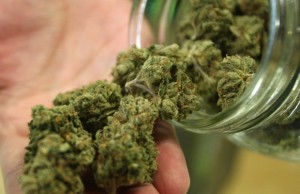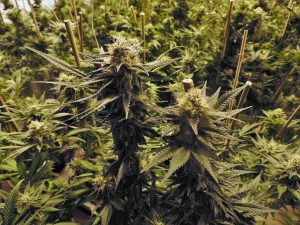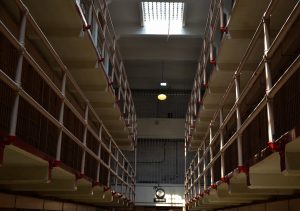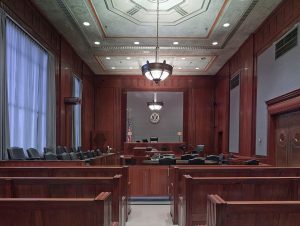Officials reported five heroin overdose deaths during this past holiday week in Harford County, where the overdose rate has hit a staggering one case per week. Like other counties in Maryland, Harford County is on pace to double its number of overdoses from last year. But as state health officials and law enforcement scramble to combat the heroin epidemic there is a new threat looming that could end up being exponentially more deadly.
In previous posts we have mentioned the increased street presence of fentanyl, a powerful synthetic opioid that is 50 times more potent than heroin and an estimated 100 times stronger than morphine. Fentanyl became popular in the form of skin patches to treat severe localized pain. It didn’t take long for users to figure out that if the drug was removed from the patches it could be injected for a much stronger high, and dealers later learned that the relatively cheap fentanyl could be mixed with their heroin. Infusing small amounts of fentanyl allowed the dealers to maintain the strength of their product even when using a larger portion of cheap cutting agents. Mixing fentanyl with heroin creates a powerful and unpredictable effect on the user, and it has been the cause of hundreds of overdose deaths when mixed or injected on its own. Government officials are now beginning to take measures to combat fentanyl use, but just as they catch up on fentanyl there is a new synthetic opioid hitting the streets that is far more powerful.
In September the DEA issued a warning to the public and law enforcement about a relatively new substance named carfentanil, which was designed to tranquilize elephants and other large animals. Carfentanil showed its ugly face on the streets for the first time just months ago, and now officials are worried that its arrival in Maryland could spike overdose deaths to unthinkable levels. The concern about this particular synthetic opioid is its potency, which is estimated to be 100 times more powerful than fentanyl and 10,000 times more powerful than morphine. Carfentanil has already contributed to overdose deaths in Vancouver, and it has been discovered on U.S. streets as well. Law enforcement suspects that the drug fell into the hands of dealers by way of China, where it can allegedly be ordered online in a powder form. The powder is so potent that even handling it without gloves or a mask could trigger an overdose. Another frightening reality is that carfentanil overdoses could be deadly even if treated the anti-overdose drug naloxone. It some cases it could take as much as six times the normal dosage of naloxone to reverse a carfentanil overdose, an amount that may not be readily available to first responders and police officers.
 Criminal Defense Lawyer Blog
Criminal Defense Lawyer Blog










